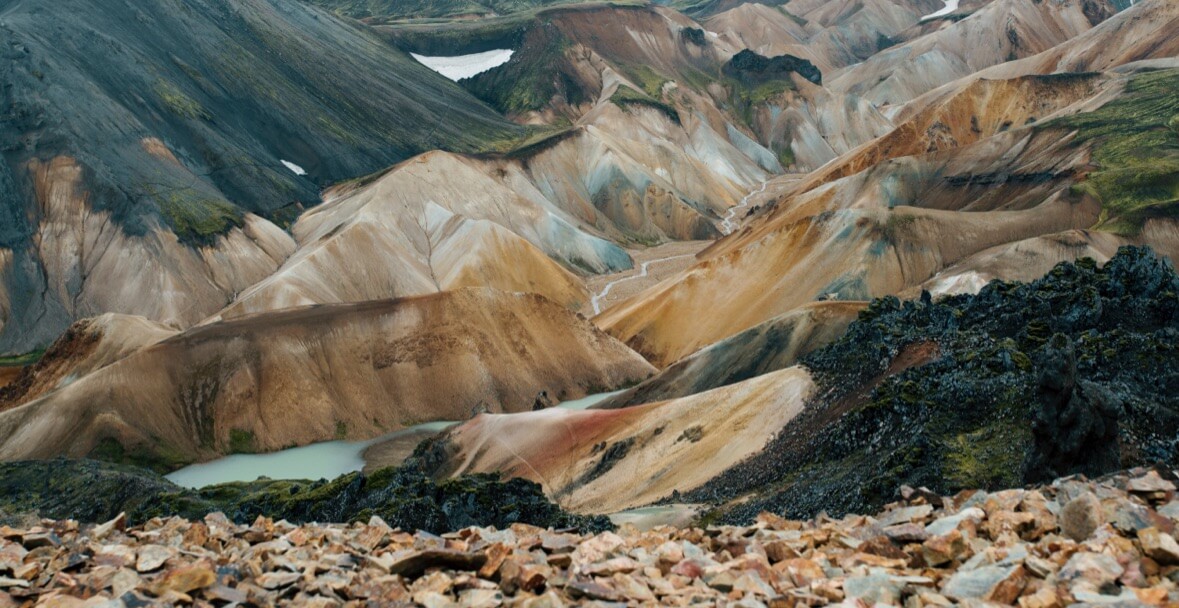
The ponies of Iceland are a breed of horse that is native to Iceland. They are small in size, typically standing between 13 and 14 hands tall, and are known for their hardy and sturdy nature. Iceland ponies have a thick, double coat of fur that helps them to withstand the cold and wet conditions of the Icelandic climate.
Iceland ponies are used for a variety of purposes in Iceland, including as work animals on farms, as riding and driving horses, and as competition animals in various equestrian sports. They are known for their calm and docile temperament and are well-suited for children and beginners to ride.
In addition to their practical uses, Iceland ponies are also a popular attraction for tourists visiting Iceland. They can often be seen grazing in pastures or participating in traditional Icelandic horsemanship demonstrations.
Overall, the ponies of Iceland are an integral part of the country’s culture and history, and they are an important part of life on the island.
-

Iceland has many long, shallow beaches that are located beneath towering cliffs. These beaches are a distinctive feature of the Icelandic landscape and are a popular destination for both tourists and locals. One well-known example of a long, shallow beach in Iceland is Reynisfjara Beach, located on the south coast of the island. This black sand beach is known for its stunning views of the Atlantic Ocean and the nearby Reynisdrangar sea stacks. The beach is also home to a large number of seabirds, such as puffins, guillemots, and fulmars, which can often be seen nesting on the cliffs above the beach. Other long, shallow beaches in Iceland include Vík í Mýrdal Beach, located on the south coast, and Jökulsárlón Beach, located on the east coast. These beaches are also known for their dramatic coastal scenery and are popular with tourists and locals alike. 
It is not uncommon to see lone houses on seaside cliffs in Iceland, particularly in the more remote and isolated areas of the country. These houses are often located in dramatic and breathtaking locations, with stunning views of the ocean, the mountains, and the surrounding landscape.
One of the reasons why these houses are located in such remote and isolated locations is due to the challenging and harsh climate of Iceland. The country has a long and cold winter, with strong winds and frequent storms, which can make it difficult to build and maintain homes in certain areas. As a result, many of these houses are located in more sheltered locations, such as on seaside cliffs or in valleys, where they are protected from the worst of the weather.
Despite their isolated location, these houses are often well-equipped and comfortable, with all the amenities needed for modern living. They are typically used as year-round homes by local residents or as holiday homes by tourists.
Overall, the lone houses on seaside cliffs of Iceland are a distinctive feature of the country’s landscape and offer a glimpse into the challenging yet rewarding way of life in this unique and beautiful part of the world.

Iceland has many long, narrow ravines that end in a lake. These ravines, known as “gorges” in Icelandic, are a common feature of the Icelandic landscape and are often formed by glacial erosion.
One well-known example of a long, narrow ravine ending in a lake in Iceland is the Fjaðrárgljúfur Gorge, located in the southeast of the country. This gorge is approximately 100 meters deep and 2 kilometers long, and it is surrounded by towering cliffs and waterfalls. The gorge ends in a small lake at the bottom, which is fed by a series of waterfalls cascading down the sides of the cliffs.
Other long, narrow ravines ending in a lake in Iceland include the Þórsmörk Gorge, located in the south of the country, and the Vatnajökull Gorge, located in the east. These gorges are also known for their dramatic scenery and are popular with tourists and hikers.


